This Wiener Schnitzel Recipe is easy for home cooks and perfect for busy weeknights when you are trying to feed a hungry family.
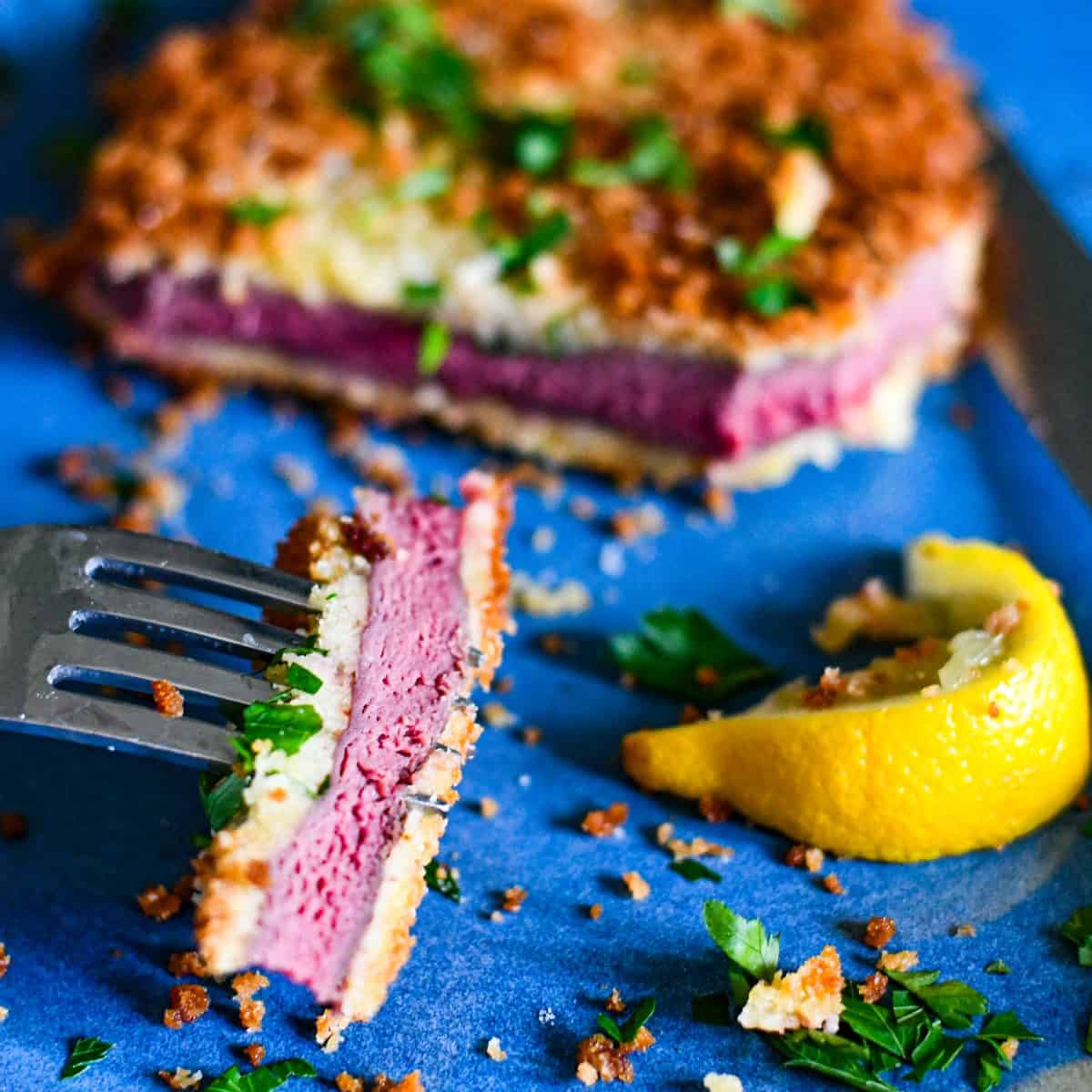
Traditionally made with veal, versions of this schnitzel recipe can be found in lots of different cultures around the west from Europe to the United States - like my Venison Chicken Fried Steak or Country Fried Deer Steak.
Although I have a great love of all things deep fried, doing it at home is reserved for special occasions, mainly because I have a thing about “wasting” oil. Usually if I use my deep fryer to fry something, I end up using the same oil to go on a fried food frenzy for about a week. This causes the size of my gut to explode and our house to stink of fryer grease reminiscent of a few restaurants I worked at early on in my cooking career.
For my wild game rendition of a wiener schnitzel recipe, I use goose breasts pounded into thin, tender cutlets which are breaded and fried in a shallow pool of just a ¼ cup of oil instead of deep-frying, resulting in a crispy crust and juicy center.
Wiener Schnitzel
Wiener schnitzel is as representative of Vienna (the capitol of Austria) as Mozart or Beethoven. Hearty, simple and steeped in the heritage of Austria, this juicy, tender cutlet of meat is rich with texture and flavor without being too heavy and greasy.
I might have chosen to publish this schnitzel recipe during the month of April, but mark your calendar for National Wiener Schnitzel Day on September 9. Schnitzel is so popular, there's even an official Wiener Schnitzel Website dedicated to promoting the “Austrian cultural property” and showing “how much Wiener schnitzel has shaped Austrian culture.”
Any wild game cook worth their breadcrumbs should learn how to make Wiener schnitzel with venison, wild pig, upland birds, or waterfowl like I did here.
History of Wiener Schnitzel
The most popular story about the history of wiener schnitzel is that an Austrian general fell in love with the Italian dish cotoletta alla milanese during the Italian War of 1859. Back in Vienna, he ordered his cooks to recreate their own version, and the Wiener schnitzel was born.
However, some other historians note that the first known mention of a breaded schnitzel appears 100 years earlier than the Italian War of 1859, in a cookbook of Austrian dishes. The term ‘Wiener’ (for Vienna) was later added to a recipe description that appeared in an 1831 cookbook. The desire to claim and protect certain dishes helped propel the use of the term ‘Wiener schnitzel’ as a way to differentiate Vienna's version of the dish from other breaded meats from neighboring regions like that of the cotoletta alla milanese, scallopini, or escalope.
What Is Schnitzel?
Today, the term ‘Wiener schnitzel’ enjoys protected legal status in Austria. Under Austrian law, the term may only refer to a slice of veal coated in egg, flour and breadcrumbs that’s then fried. Pork, a popular veal substitute, must be labelled as ‘Wiener schnitzel vom Schwein’ (‘from pork’), or just ‘schnitzel’.
Wiener schnitzel is traditionally garnished with a lemon wedge and usually a sprinkle of salt and fresh parsley.
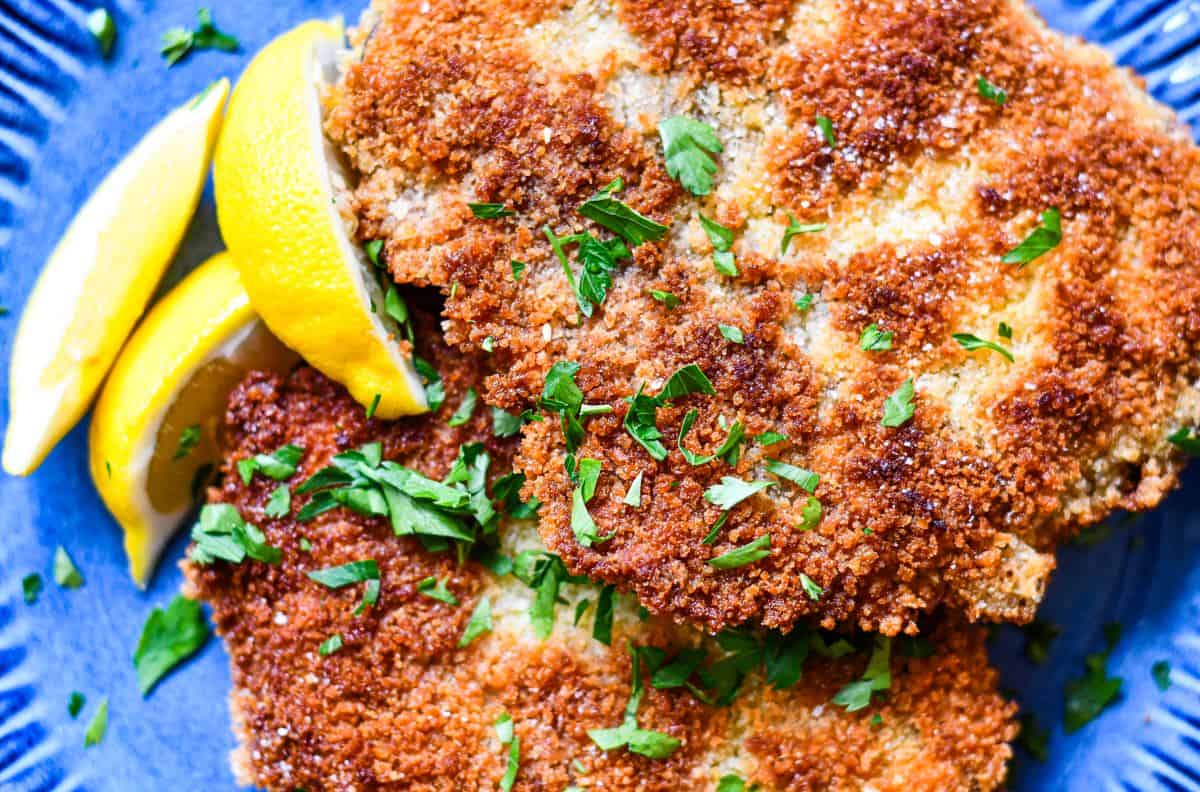
Wiener Schnitzel Ingredients
- 4 boneless, skinless goose breasts (from 2 birds)
- ⅓ cup all-purpose flour
- 2 teaspoons garlic salt
- ½ teaspoon smoked paprika
- ¼ teaspoon black pepper
- 3 large eggs
- 2 cups panko breadcrumbs
- ¼ cup canola oil or other high heat cooking oil to sauté
- kosher salt
- Lemon wedges to serve
- Fresh parsley to garnish (optional)
How to Make Schnitzel
1. Line a cutting board with plastic wrap. Place goose breasts in a single layer on the cutting board and cover with a second sheet of plastic wrap (this prevents splatter). Use a meat mallet, rolling pin, or the bottom of a heavy saucepan to pound the goose breasts thin, about ¼″ thick.
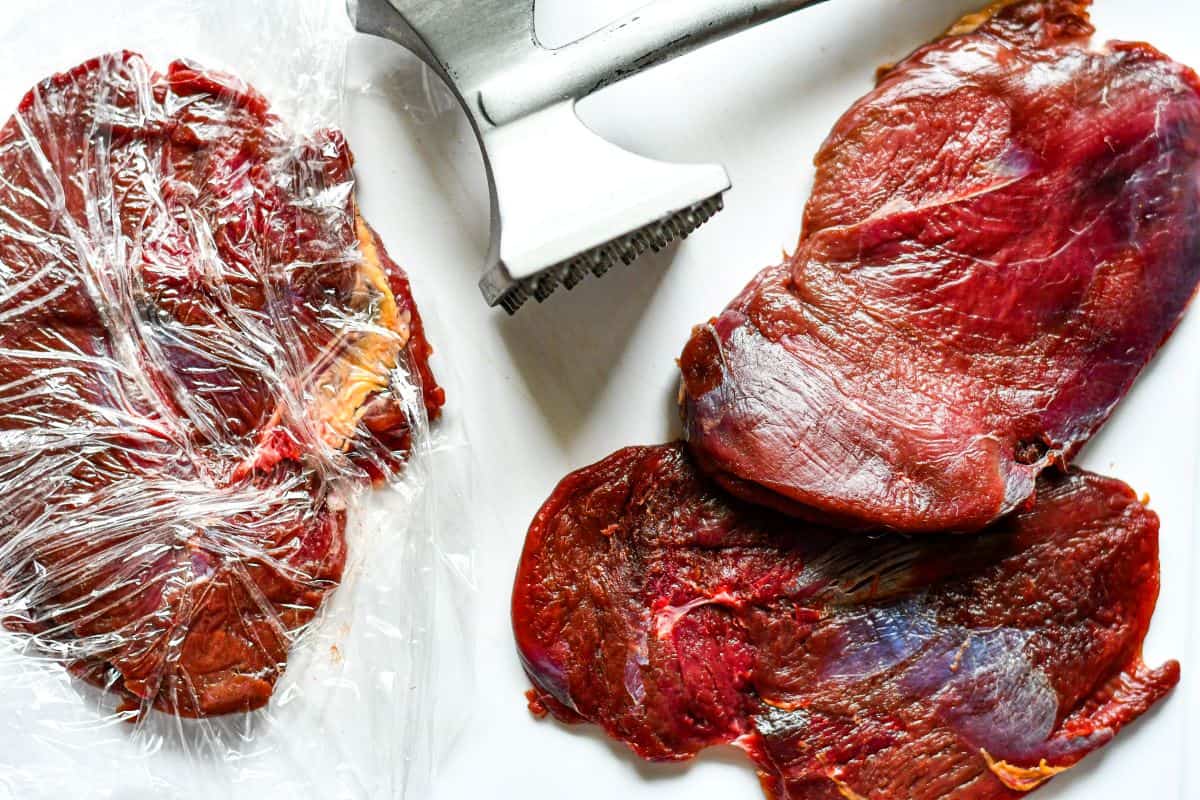
2. Set up three large bowls and combine flour, garlic salt, smoked paprika and black pepper in the first. Then use a whisk or fork to beat the eggs in the second bowl. In the third bowl, add panko breadcrumbs.
3. Dredge both sides of each goose breasts in the flour to coat well, then in the egg, letting any excess drip back into the bowl before breading the goose in the panko. I always wear gloves during this step, but you can also use a fork or tongs to keep your hands clean.
4. Transfer the breaded goose breast to a large dinner plate. Repeat with the remaining goose breasts, keeping them in a single layer on the plate. If you have time, let the breaded goose rest for 10 minutes at room temperature which will help the coating stick better during the frying process.
5. Heat a large nonstick pan over medium heat and add just enough canola oil to coat the bottom, about ¼ cup. When the oil shimmers, carefully add two of the breaded goose breasts to the pan. Cook for about 2 minutes per side, until crispy and golden, and an instant-read thermometer registers 130 degrees F (medium rare).
6. Transfer the cooked goose breasts to a paper-towel lined plate and immediately sprinkle with kosher salt. Repeat with the remaining goose breasts.
7. Serve immediately with a sprinkle of chopped parsley and the lemon wedges.
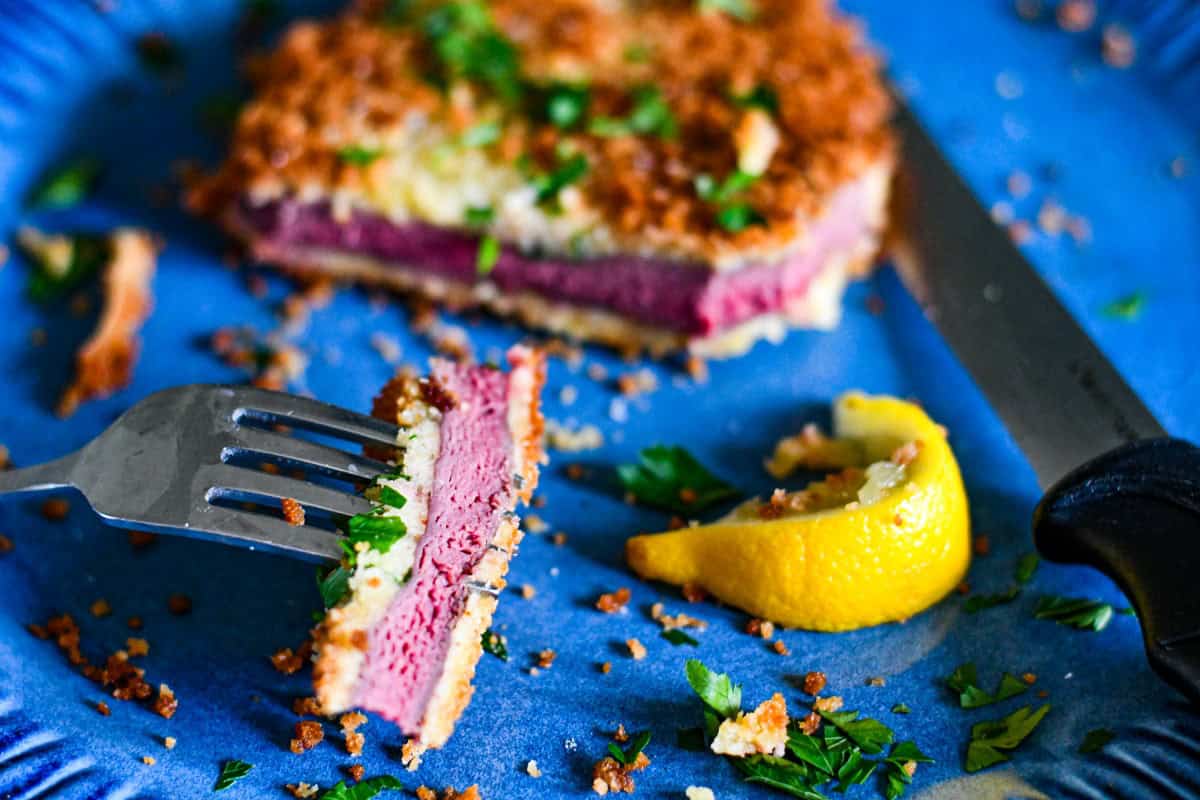
More Goose Recipes To Try
If you love eating Snow Geese or Canada Geese as much as we do, I think you’ll love these delicious goose recipes!
- Easy Greek Nachos with Goose Meat
- Goose Pastrami
- Snow Goose Soup
- Goose Fettuccini Alfredo
- French Dip Sandwiches with Goose Meat
- Goose Stew
- Czech Garlic Soup with Goose Meat
- Goose Gondi
- Goose Pastrami Irish Egg Rolls
- Goose Gyoza (Potstickers)
Come Goose Hunting in North Dakota
If you are headed our way for North Dakota waterfowl season, check out the North Dakota Game & Fish Department website.
Join Our Wild Game Cooking Community
Sign up here to receive a new recipe in your email inbox every Tuesday morning!
DID YOU MAKE THIS RECIPE?
If you make this Schnitzel Recipe, tag @wildgameandfish so I can share it on my Instagram stories.
Did you enjoy this Goose Recipe? Be sure to leave a 5-star rating RIGHT HERE
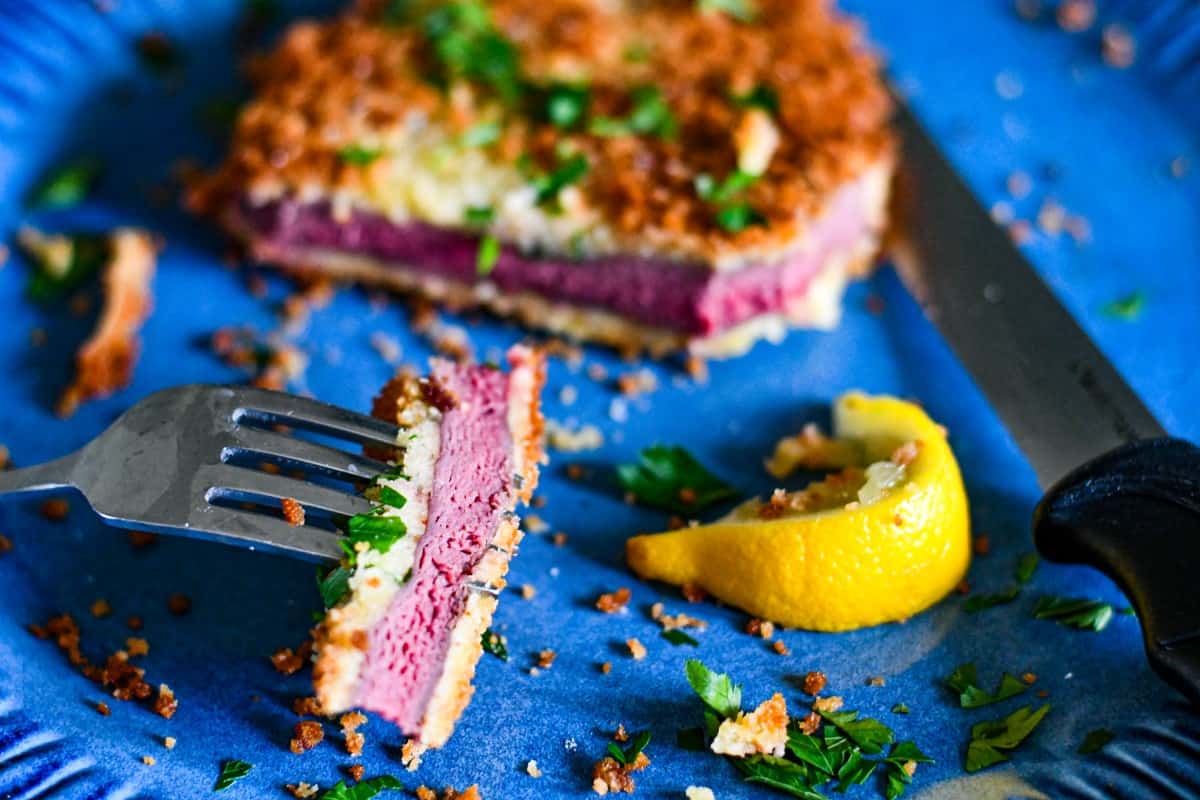
The Best Wiener Schnitzel Recipe
Ingredients
- 4 boneless, skinless goose breasts (from 2 birds)
- ⅓ cup all-purpose flour
- 2 teaspoons garlic salt
- ½ teaspoon smoked paprika
- ¼ teaspoon black pepper
- 3 large eggs
- 2 cups panko breadcrumbs
- ¼ cup canola oil, for frying
- kosher salt
- 1 lemon, cut into wedges
- ¼ cup fresh parsley, chopped
Instructions
- Line a cutting board with plastic wrap. Place goose breasts in a single layer on the cutting board and cover with a second sheet of plastic wrap (this prevents splatter). Use a meat mallet, rolling pin, or the bottom of a heavy saucepan to pound the goose breasts thin, about ¼″ thick.
- Set up three large bowls. In the first combine flour, garlic salt, smoked paprika and black pepper. In the second bowl, use a whisk or fork to beat the eggs. In the third bowl, add panko crumbs.
- Dredge both sides of each goose breasts in the flour to coat well, then in the egg, letting any excess drip back into the bowl before breading the goose in the panko. I always wear these gloves during this step, but you can also use a fork or tongs to keep your hands clean.
- Transfer the breaded goose breast to a large dinner plate. Repeat with the remaining goose breasts, keeping them in a single layer on the plate. If you have time, let the breaded goose rest for 10 minutes at room temperature which will help the coating stick better during the frying process.
- Heat a large nonstick pan over medium heat and add just enough canola oil to coat the bottom, about ¼ cup. When the oil shimmers, carefully add two of the breaded goose breasts to the pan. Cook for about 2 minutes per side, until crispy and golden and an instant-read thermometer registers 130 degrees F (medium rare).
- Transfer the cooked goose breasts to a paper-towel lined plate and immediately sprinkle with kosher salt. Repeat with the remaining goose breasts.
- Serve immediately with a sprinkle of chopped parsley and the lemon wedges.
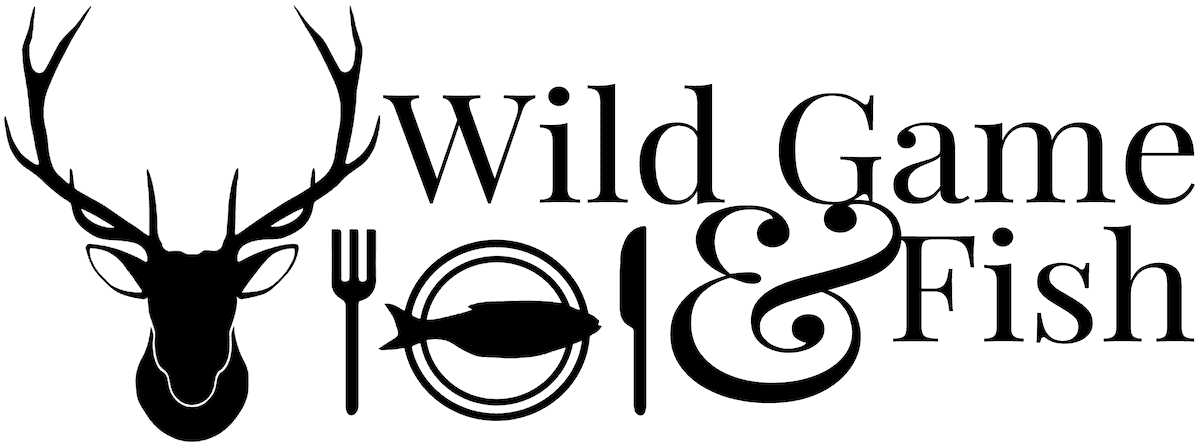
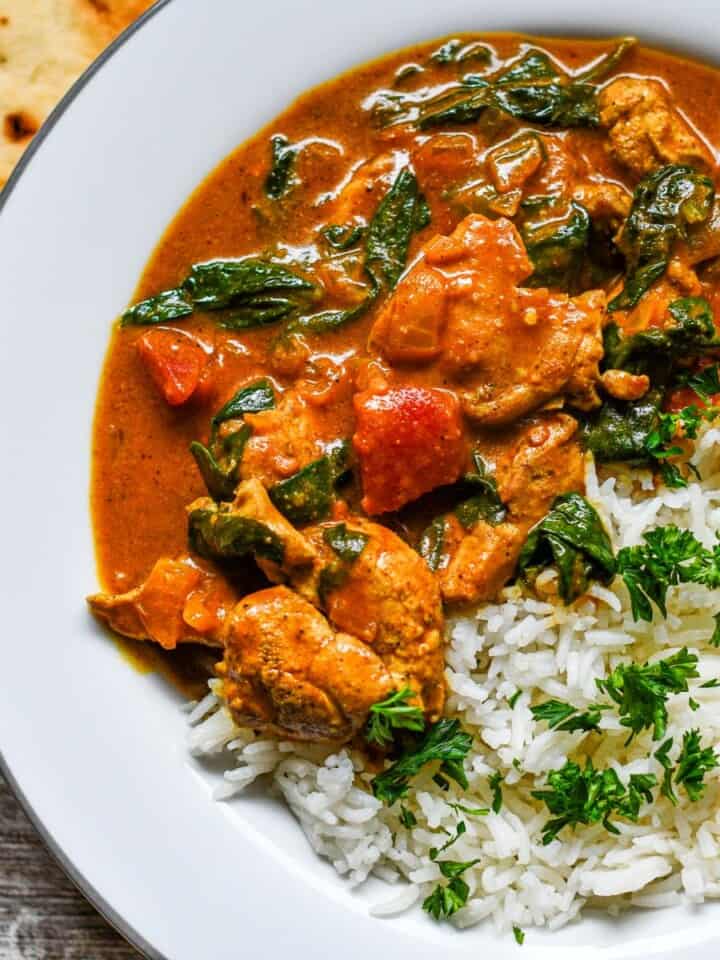
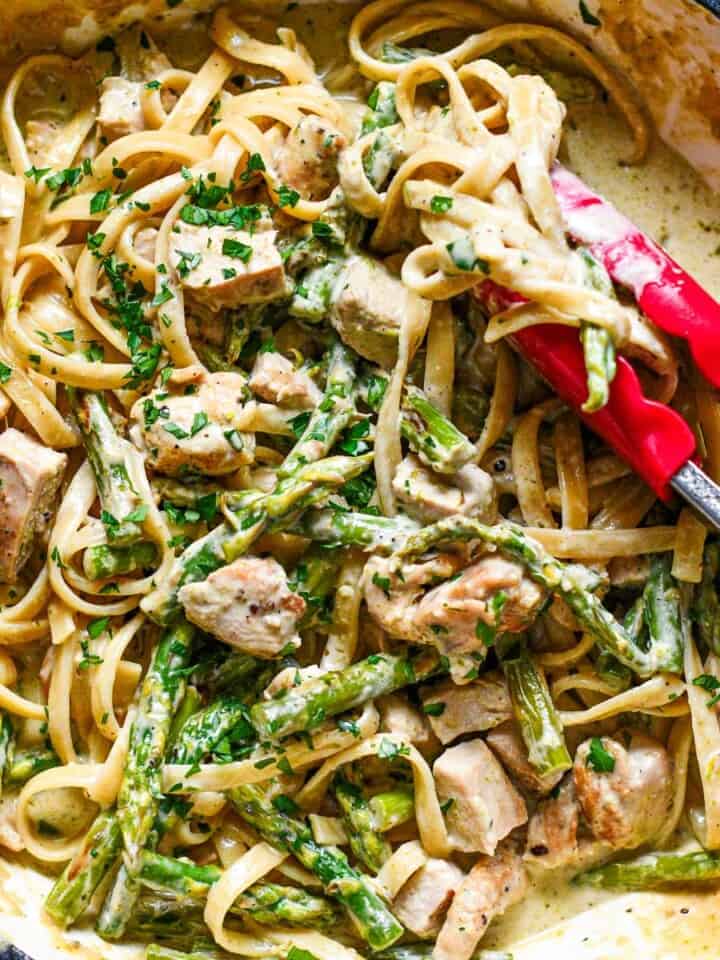
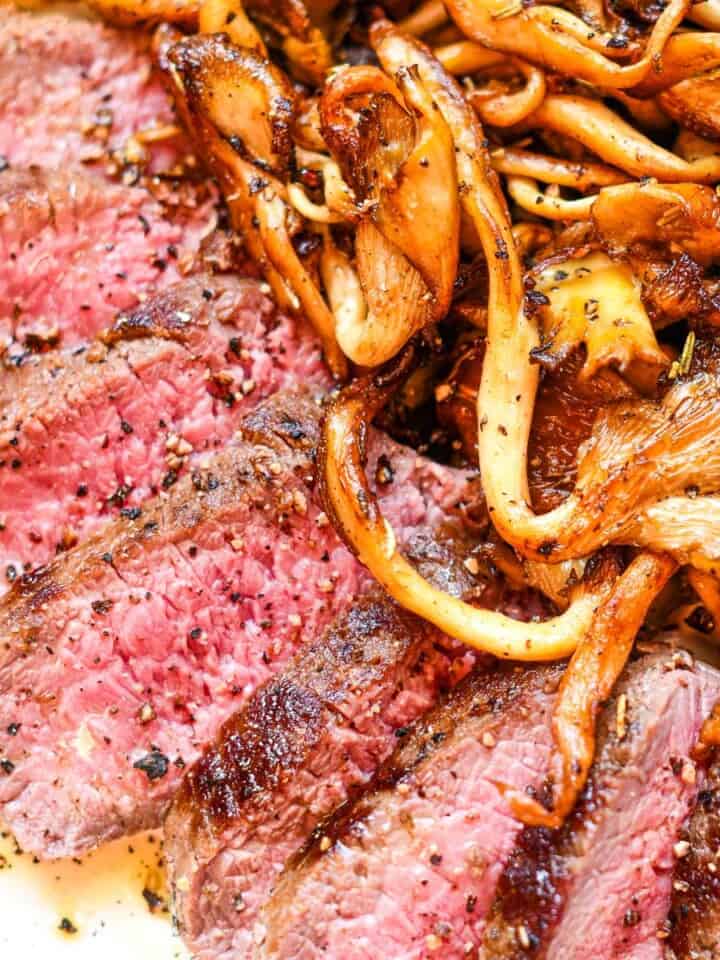
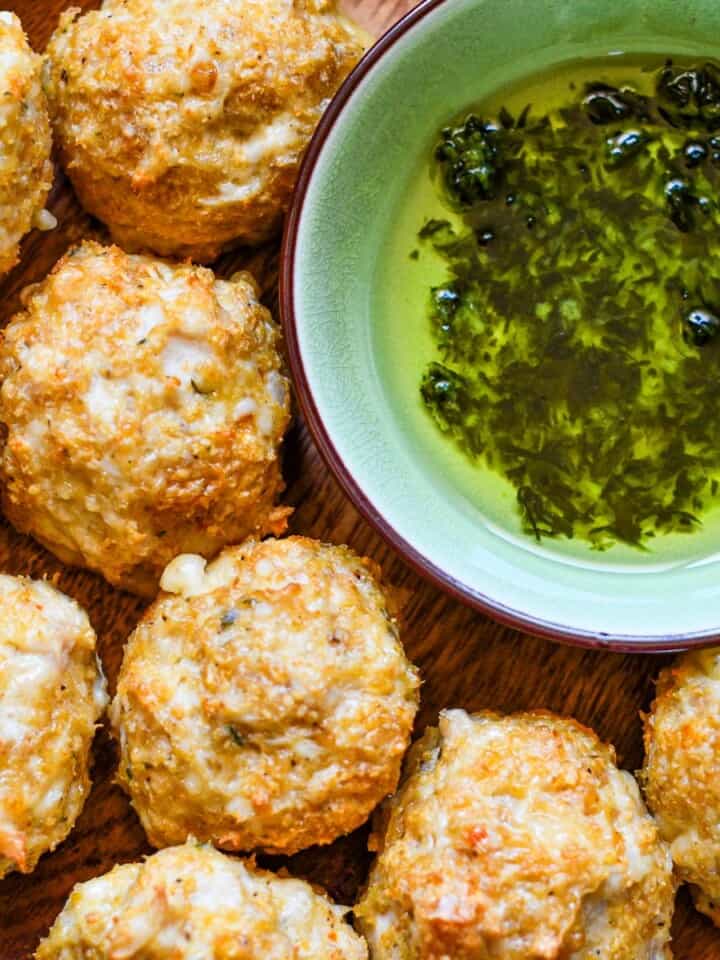
Ann says
This was Delicious! Another homerun recipe for all that goose my husband puts in our freezer.
Jeff Benda says
Thanks Ann. Glad you are liking the goose recipes.
Sara says
I'll be honest and say I was hesitant at first about trying this recipe with my husband's goose he has far too much of in the freezer. But it was delicious! Thank you. We're trying the goose pastrami next week to make reubens.
Amanda says
The boys brought a bunch of geese home and asked me to cook them for supper. I found this recipe and loved the photo so decided to try it and it was delicious. I'm excited to try some of the other recipes on the website as it appears my sons are obsessed with the whole goose hunting thing.
Christina Jacobson says
This was amazing! Full of flavor!
Melanie Berghout says
The best schnitzel!
Elli says
Mouthwateringly delicious